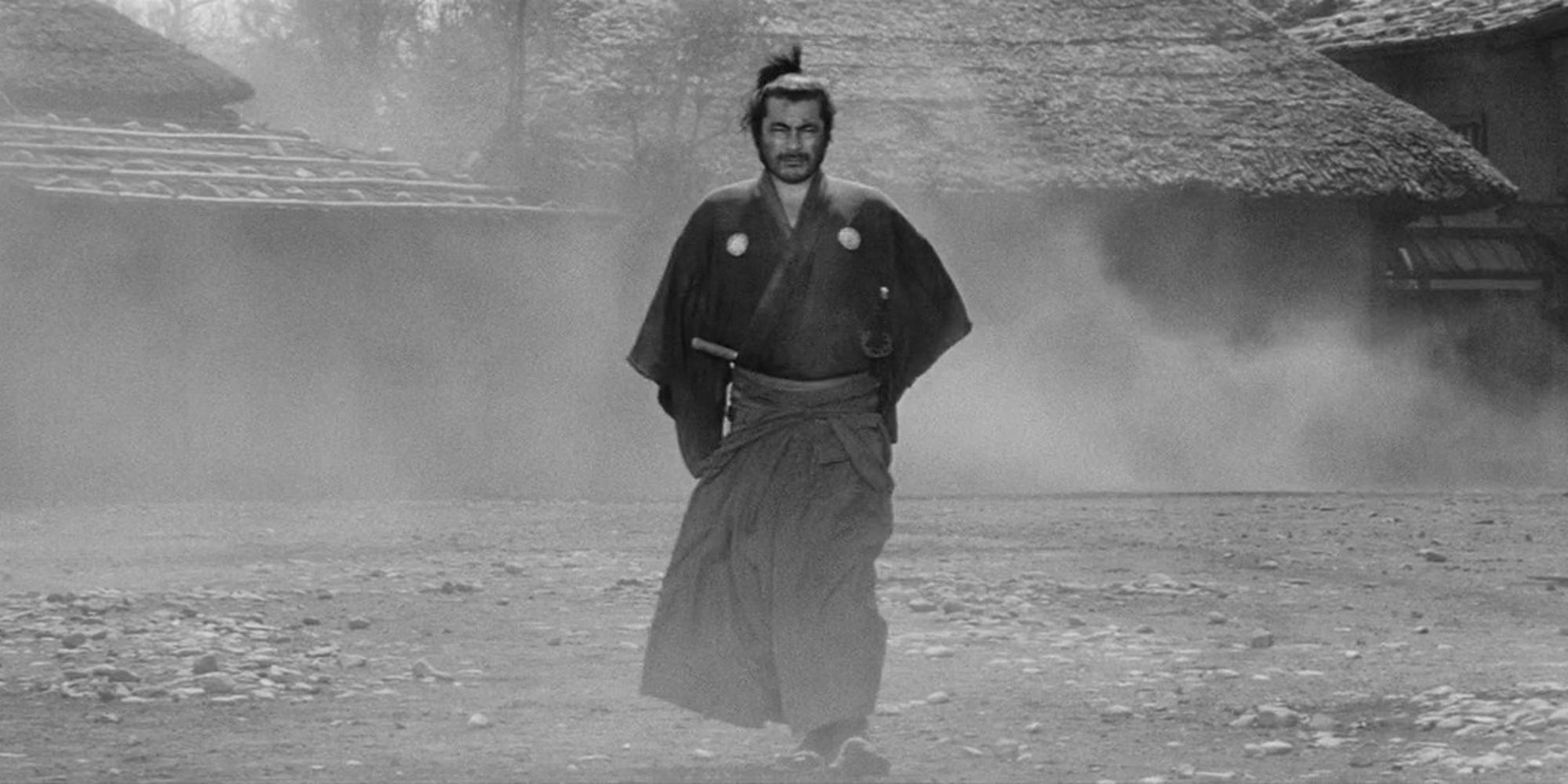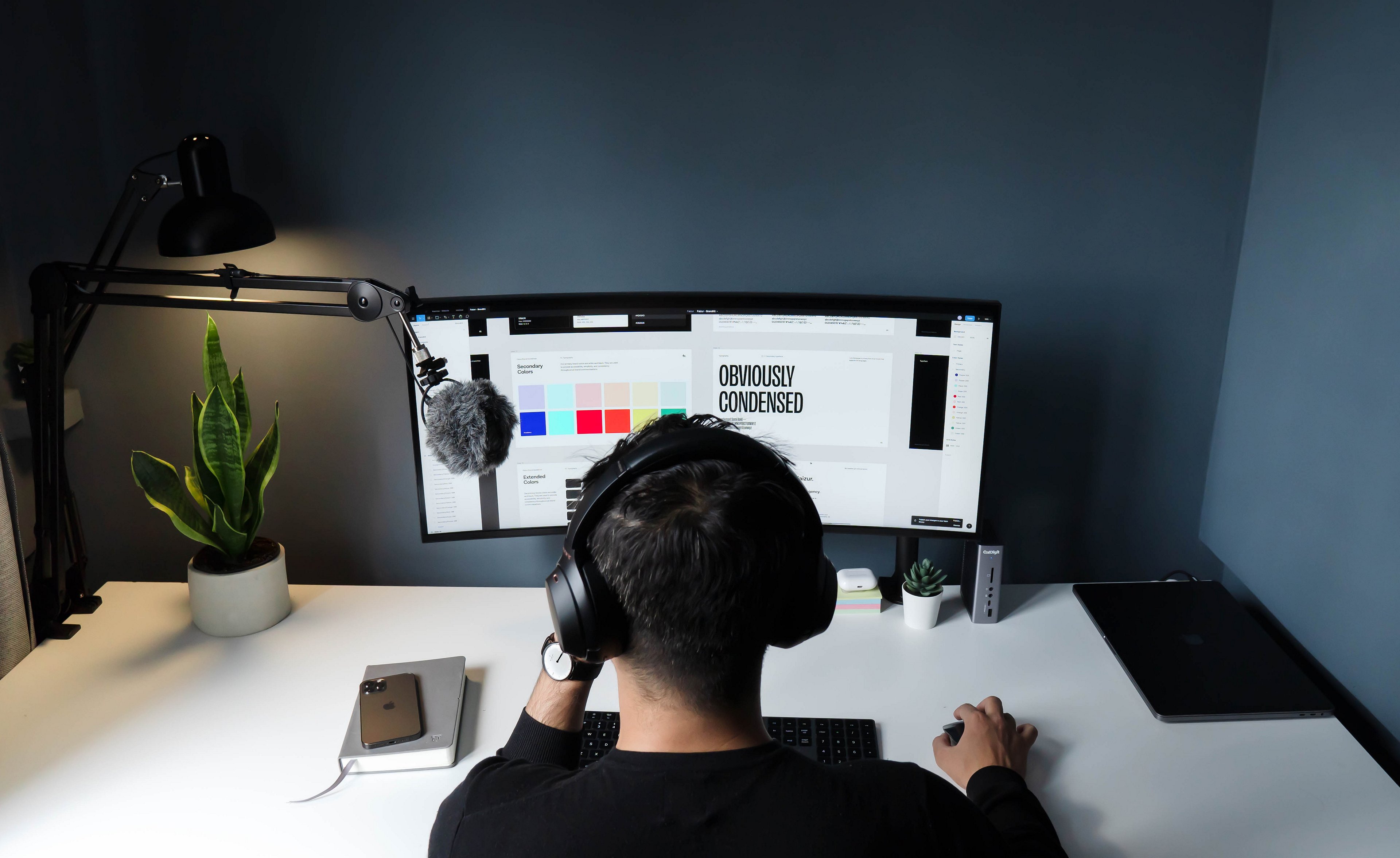How to Create Cinematic Prompts in MidJourney
In the world of digital art, MidJourney stands out as a powerful tool that enables creators to generate stunning, cinematic images with the help of AI. But like any tool, the results you get depend heavily on how you use it. A key part of that is crafting effective prompts. In this article, we’ll dive into the art of creating cinematic prompts in MidJourney. We’ll discuss common mistakes, explore a refined prompt formula, and give you actionable tips to achieve the best results.
Understanding the Philosophy Behind Cinematic Prompts

The Problem with Long Prompts
In the realm of MidJourney, many users fall into the trap of "prompt splattering," which is the practice of using excessively long, complex prompts. You might have seen prompts that are 5000 characters long, filled with an overwhelming amount of detail. The intention behind these prompts is clear: the user wants to guide the AI as much as possible. However, this approach often backfires.
MidJourney tends to ignore much of these lengthy prompts, rendering a significant portion of your input useless. Furthermore, these long prompts are often the result of copy-pasting from various sources, leading to a final prompt that contradicts itself. You might have one part of the prompt asking for a vibrant, colorful scene while another section calls for a muted, monochrome look. This type of inconsistency confuses the AI, leading to subpar results.

The Power of Concise Prompts
Instead of overloading the AI with information, the key to success lies in creating concise, focused prompts. Shorter prompts give you more control and typically result in better images. By honing in on the most critical aspects of your desired output, you allow MidJourney to interpret your prompt more accurately, leading to images that better match your vision.

Breaking Down the Cinematic Prompt Formula
Overview of the Formula Structure
Let’s get into the specifics of the prompt formula. The basic structure is as follows:
/imagine Cinematic still, film by [director], scene: [description], subject: [description], action: [description], set: [description], link: [details], shot: [type] --[modifiers]
This structure may seem simple, but each element plays a crucial role in guiding MidJourney to create a cinematic masterpiece. Let’s break down each component.
Key Components of the Formula
1. Cinematic Still
The term "cinematic still" sets the stage for what MidJourney is about to create. This phrase can be swapped with alternatives like "film still," "movie still," or "movie footage." While these variations don’t drastically change the outcome, they all serve as a trigger for MidJourney to understand that you’re aiming for something photorealistic with a cinematic flair. By leading with this, you ensure that the AI knows you’re serious about producing a cinematic image.

2. Film By
This is where the magic happens. The "film by" section is where you reference a specific director or filmmaker. The choice of director is incredibly impactful because it conveys a wealth of information to the AI. A director with a strong visual style can influence the mood, style, and even costume design of the image.
For example, using "film by Wes Anderson" will yield images with symmetrical compositions, pastel colors, and a quirky, nostalgic feel. On the other hand, a prompt with "film by David Fincher" will produce a darker, more intense image with muted tones and dramatic lighting. By selecting a director that aligns with your vision, you can skip a lot of unnecessary details elsewhere in the prompt.

3. Scene, Subject, and Action
This part of the prompt describes the core of what’s happening in the image. Here, you detail the scene, describe the subject, and outline the action. For example, you might say "epic Samurai battle, warrior holding a sword, mid-swing." This section allows you to specify key visual elements, like props or character actions, which are essential to the scene’s narrative.
4. Link
The link section acts as a bridge between the creative and technical aspects of the prompt. It’s where you specify whether the scene takes place during the day or night, indoors or outdoors, in a bustling city or a quiet forest. If you’re familiar with screenwriting, think of this section as the scene header in a screenplay—something like "Interior, Kitchen, Night" or "Exterior, Forest, Day." This part helps the AI understand the context and setting of the scene, which is crucial for achieving the right atmosphere.
5. Shot Composition
Shot composition is where you get to define how the scene is framed. This can include specifying camera angles, lens types, and shot distances. For example, you might choose a "wide-angle shot" to capture a vast landscape or a "close-up shot" to focus on a character’s expression.
You can also specify the lens length, such as "35mm" for a standard view or "10mm" for an ultra-wide perspective. However, be cautious with lens specifications, as contradictory information—like asking for an ultra-wide shot with a 200mm lens—can confuse the AI. Additionally, this is where you can mention the f-stop, which controls the depth of field. A lower f-stop creates a blurry background, while a higher f-stop keeps everything in sharp focus.
6. Dash Dash Section (Modifiers)
The final section of the prompt allows for additional modifiers, such as aspect ratios. For a truly cinematic look, you might want to use an aspect ratio of 2:1. While MidJourney’s default is 16:9, which is considered widescreen for most modern TVs, 2:1 offers a more cinematic feel, similar to what you’d see in many Hollywood movies.
Examples and Applications of the Prompt Formula

Case Study: Akira Kurosawa Prompt
Let’s take an example to illustrate how this prompt formula works. Suppose you want to create a cinematic image inspired by Akira Kurosawa. You might start with a prompt like:
/imagine cinematic still, film by Akira Kurosawa, scene: epic Samurai battle, subject: warrior, action: mid-swing, set: battlefield, link: day, shot: close-up, 35mm, 1960 Kodachrome
This prompt should produce a cinematic image that feels like a still from a Kurosawa film. On the first try, the image might not perfectly capture the director’s style, but with a few tweaks and re-rolls, you can get closer to the desired result.
Experimenting with Genre and Director Blends
One fun way to explore MidJourney’s capabilities is by blending directors with genres they’re not typically associated with. For instance, what if Akira Kurosawa directed a sci-fi film? You could modify the prompt to:
/imagine cinematic still, film by Akira Kurosawa, scene: Samurai holding lightsaber in battle on a spaceship, subject: warrior, action: fighting robots, link: wide-angle shot, 35mm, sci-fi, 8K
The result? You might end up with a scene that feels like a blend of Star Wars and classic Samurai cinema—proof of MidJourney’s versatility when you push the boundaries of creativity.
Importance of Film Stock Choices
Another important consideration is the choice of film stock, which can drastically change the look of your image. For example, using "1960 Kodachrome" will give your image a vintage feel with muted colors and a soft contrast. In contrast, specifying a modern film stock like "Kodak Vision3" will yield a sharper, more vibrant image. By experimenting with different film stocks, you can achieve a wide range of visual styles.
Tips for Optimizing Your Cinematic Prompts
Avoid Common Pitfalls
When crafting your prompts, be mindful of common mistakes that can derail your efforts. For instance, be cautious when specifying lens lengths, as mismatched combinations can create contradictory instructions. Additionally, if you’re not careful, you might accidentally include objects like cameras or crew members in your scene, which can be distracting.
Leverage Director Influence
Selecting a director with a strong visual style is one of the most effective ways to shape your image. However, if you’re looking for a specific era of a director’s work, it might be better to reference a particular film instead of the director’s name. For example, if you want to capture the look of Tim Burton’s "Big Fish" rather than his earlier, more gothic works, specify the film to ensure the AI understands your intent.
Experiment and Iterate
Finally, don’t be afraid to experiment and iterate. The first image you generate might not be perfect, but with a few adjustments and re-rolls, you can fine-tune your prompt to get exactly what you want. Try blending different genres, experimenting with shot compositions, and playing with various aspect ratios to discover new creative possibilities.
Conclusion
Creating cinematic prompts in MidJourney is an art form in itself. By understanding the power of concise prompts, leveraging the influence of iconic directors, and fine-tuning your shot composition and modifiers, you can produce images that are not only visually stunning but also deeply evocative. Whether you’re aiming for a classic film look or pushing the boundaries of genre, the right prompt formula can unlock a world of creative possibilities.
So, take these insights, experiment with your own prompts, and see where your creativity leads you. MidJourney offers a vast canvas for cinematic storytelling—now it’s up to you to paint the picture.
